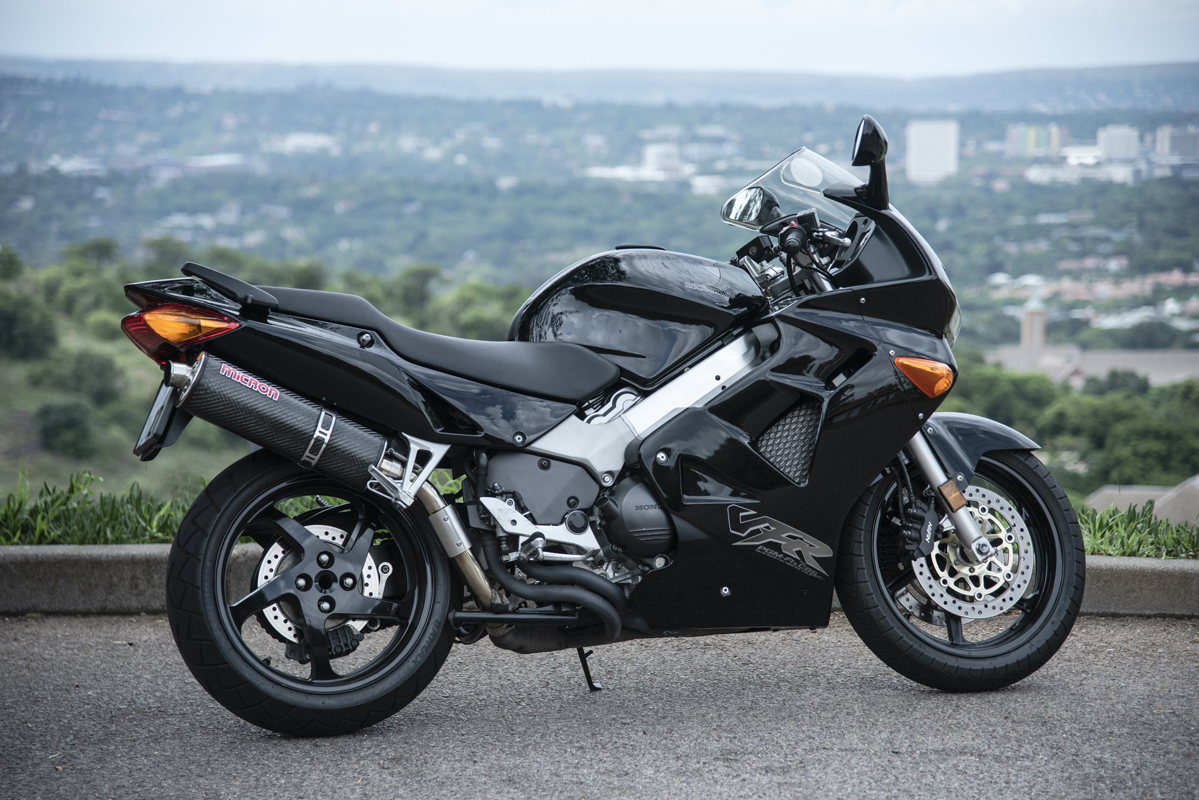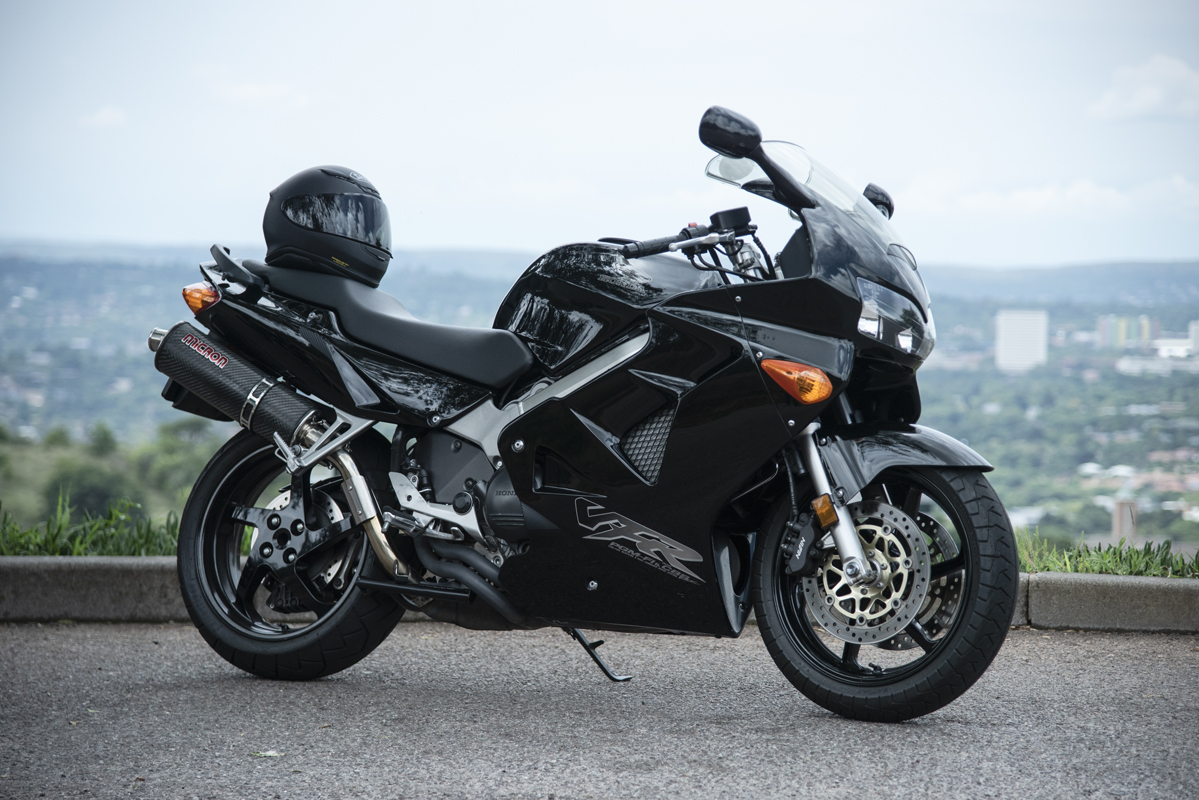
My love affair with Honda’s V4 Sports Tourer started way back in 1999. I bought a new R6 Yamaha from Linex. The R6 was instantly dominant in the 600cc class and punched way above its weight and I loved it. I took it in for a service and that is when I saw it. Standing on the showroom floor, in all its red magnificence was a Generation 5 Honda VFR800, with a mere 800 k’s on the clock. I was instantly smitten. The bike was literally brand new and flawless. A deal was done and my life with the first of a few VFRs began. When people hear that I have owned over 350 bikes spanning my almost 55 years of riding, the inevitable question is “So Dave, what is the best bike you have ever owned”. I have owned many superb motorcycles, but the answer is easy, ‘Big Red’ my first VFR800 Honda. Let’s delve a little deeper into what makes the VFR800 so special.
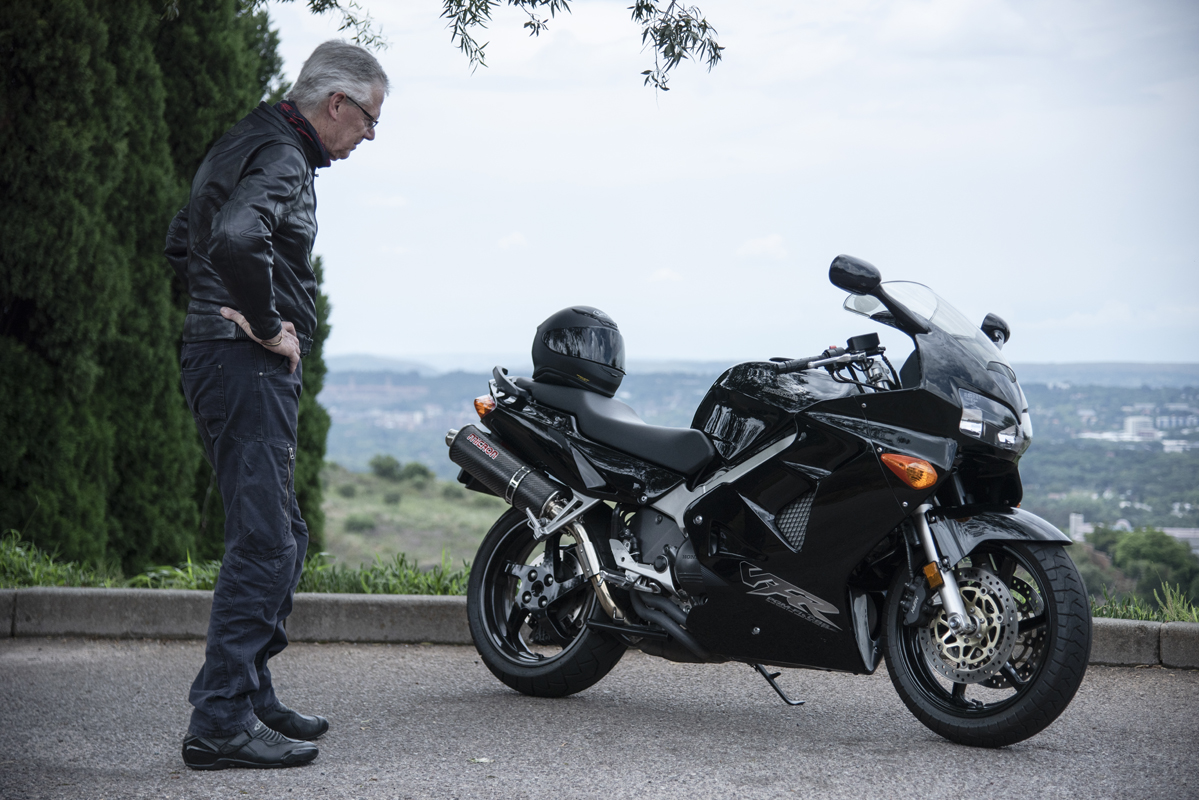
The VFR800 FI first saw the light of day in 1998. The prestigious and highly regarded American publication MOTORCYCLIST had this to say about the VFR 800 winning their 750 GT category in their ‘best of motorcycling’ feature in August 1998. I quote – “Ha! Surprise! The VFR750 didn’t win this category again. The VFR800 did. Compared with the new 800 (781cc actually), those previous VFRs are buckets of phlegm”. They go on to say that it retains the comfort of the 750, but stiffer suspension and superb brakes elevate it to a whole new level. “So it’s still a GT bike, we think, but on the road, it works like a genuine sportbike that loves you and wants to help you be a better person. Really. Is that so wrong? Is it the best street bike that Honda’s ever built? Might be.” Wow, rare praise indeed. Riding the bike myself, I have to say I am in total agreement.
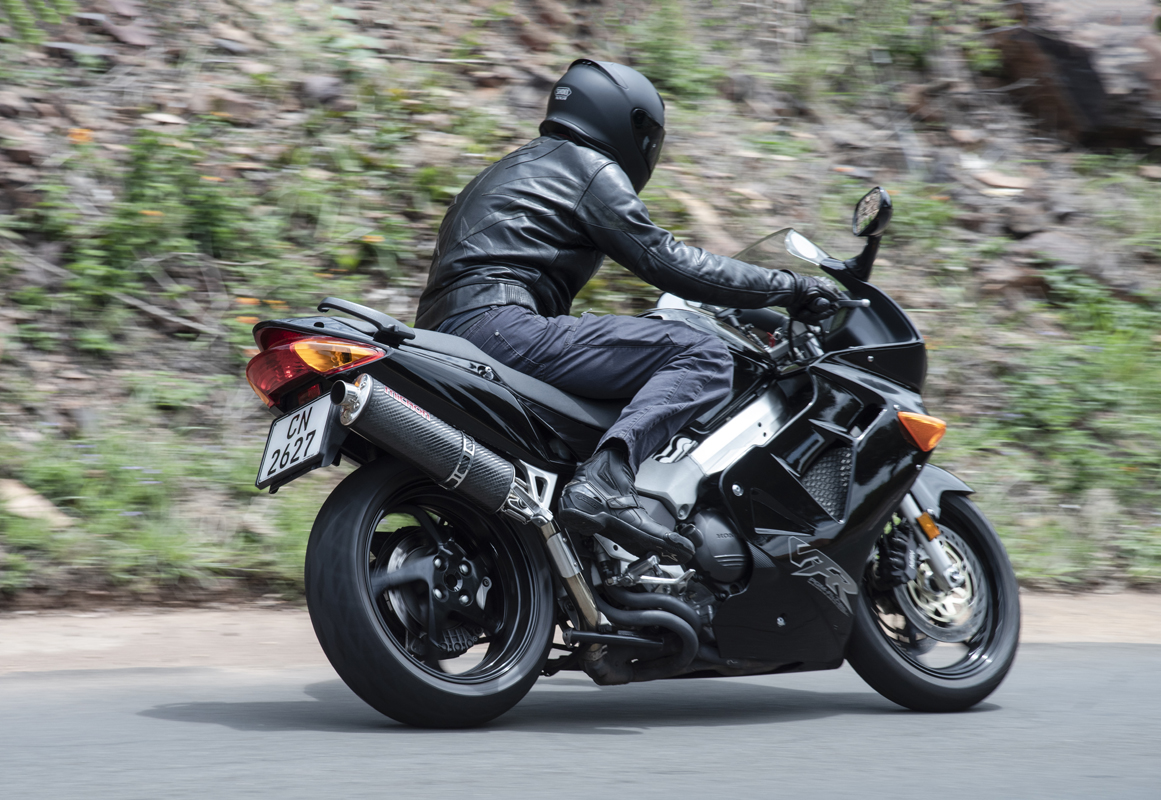
This generation of VFR is special in that it has a motor derived from the legendary RC45 racebikes. The engine number on gen5 hints at that, with RC46E – preceding the number. The magic is the fact that the motor has no internal chains. The camshafts are gear-driven, eliminating the Achilles heel of performance Honda’s – camchains. The straight-cut gears have a characteristic whine which is music to the ears of Gen 5 VFR owners, especially when combined with the NASCAR-like exhaust note from an aftermarket slip-on. Big Red got fitted with an RS3 Yoshimura pipe which sounded and looked, spectacular.
The VFR 800 is a fast bike, but the power is so linear the speed is deceptive. MOTORCYCLIST recorded a ¼ mile time of 11.14sec @122.2 mph. It makes only 2hp less power than an RC45 and 2Nm less torque, however, the 800 makes its power 1,300 rpm lower and torque 1,500 rpm earlier. This means it is a more ‘street-able’ motor. Where the RC45 gains is by being 18kg lighter. The RC45 is a scant, 14-tenths of a second faster through the quarter-mile at 11 sec dead, but runs a 260km/h top end versus the 800’s top whack of 234km/h (actual, not indicated). To put this into perspective, my 2023 Ducati 950 S has a top end of 240 and a ¼ mile of 10,99 secs. There is nothing between them performance-wise. The Duc weighs only 210kg wet, so the Honda’s V4 manages some magic to emulate the Ducati’s performance.
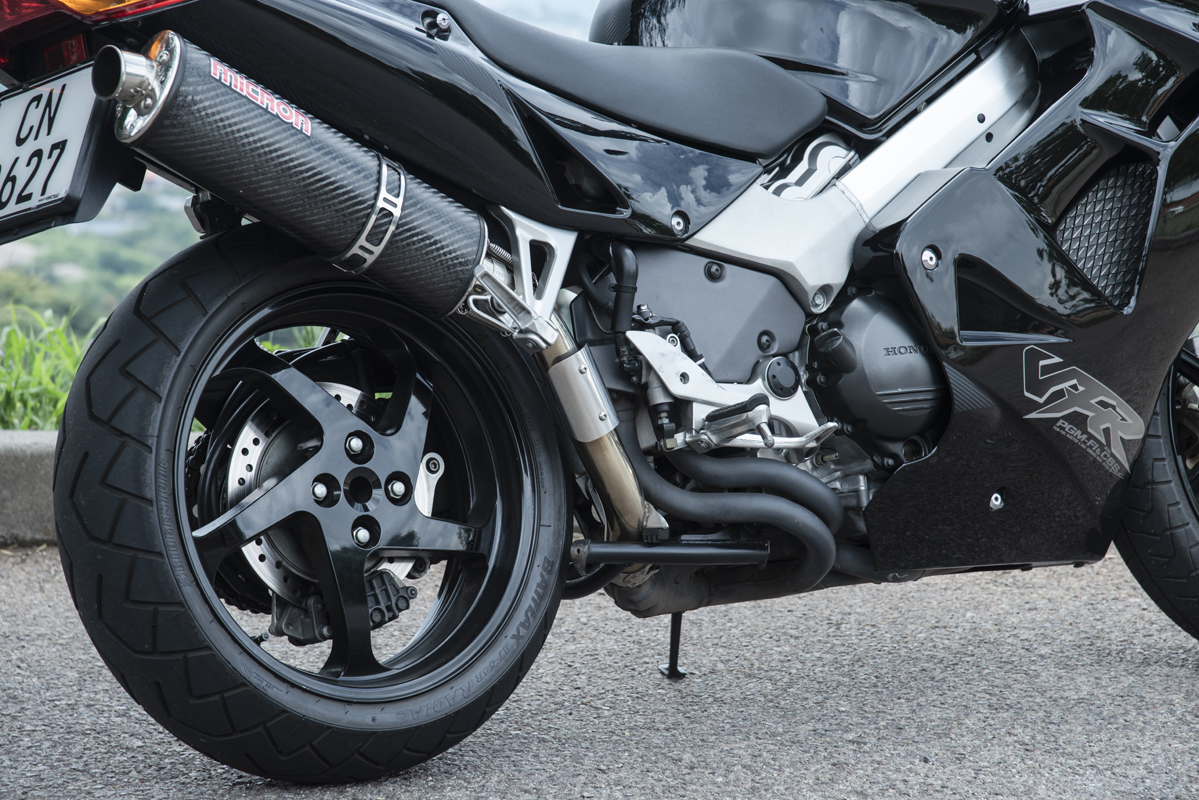
In comparisons done by MOTORCYCLIST as well as Cycle World of sports tourers, the VFR800 came out tops against bikes like the BMW R1100 S and Ducati’s 916cc ST4. 50 to 80mph low-speed roll-ons showed up the relative lack of bottom-end torque of the much smaller engined Honda, but 80 to 100mph was another story. The BM took 5.48 secs, the Duc 5,77 secs and the Honda, now spinning in its happy zone, 4,98 secs. 130km/h plus is really where we ride. That is really the strength of the V4 VFR800. It’s brilliant real-world competence. It is refined. It was in 1998 and it still is today. Both brake and clutch levers are hydraulic and adjustable. The gearbox is superb, with a light smooth and slick action. The Linked Brake System also works well. Test riders who felt they wanted full control of the braking were humbled by the VFR out-braking bikes like the much lighter Suzuki GSXR 600 in back-to-back comparisons.
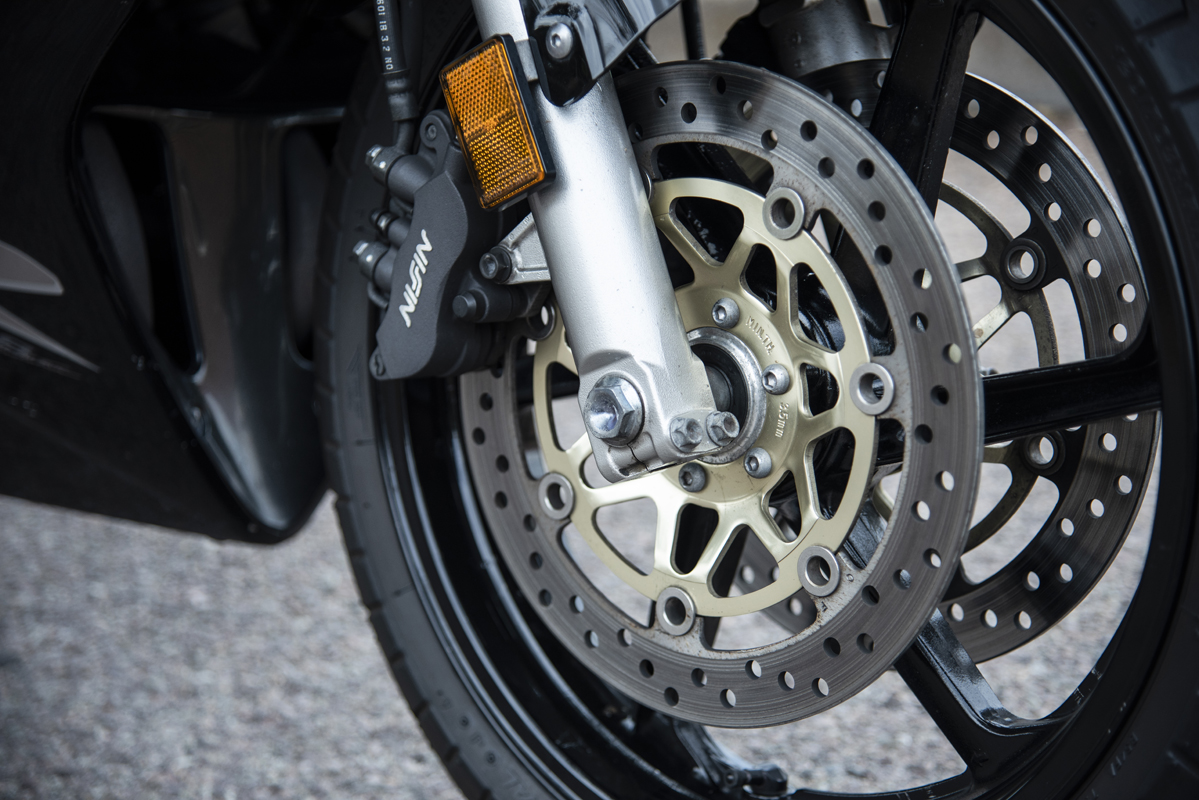
Perhaps one of the best illustrations of the VFR’s versatility was with my own bike. We went to ‘ET’ as we called Mpumalanga back in the day, for a weekend, staying in White River. I rode down on the Friday, got up early on the Saturday, rode the 300 k’s back to Kyalami, did a track day, and then hauled back to ET in the afternoon. No sweat on the comfy VFR. The whole of Sunday was spent strafing corners in ET with Irene on the back, then we rode home to Pretoria in the late afternoon. The VFR acquitted itself incredibly well in every role, be it cutting hot laps around Kyalami or touring.
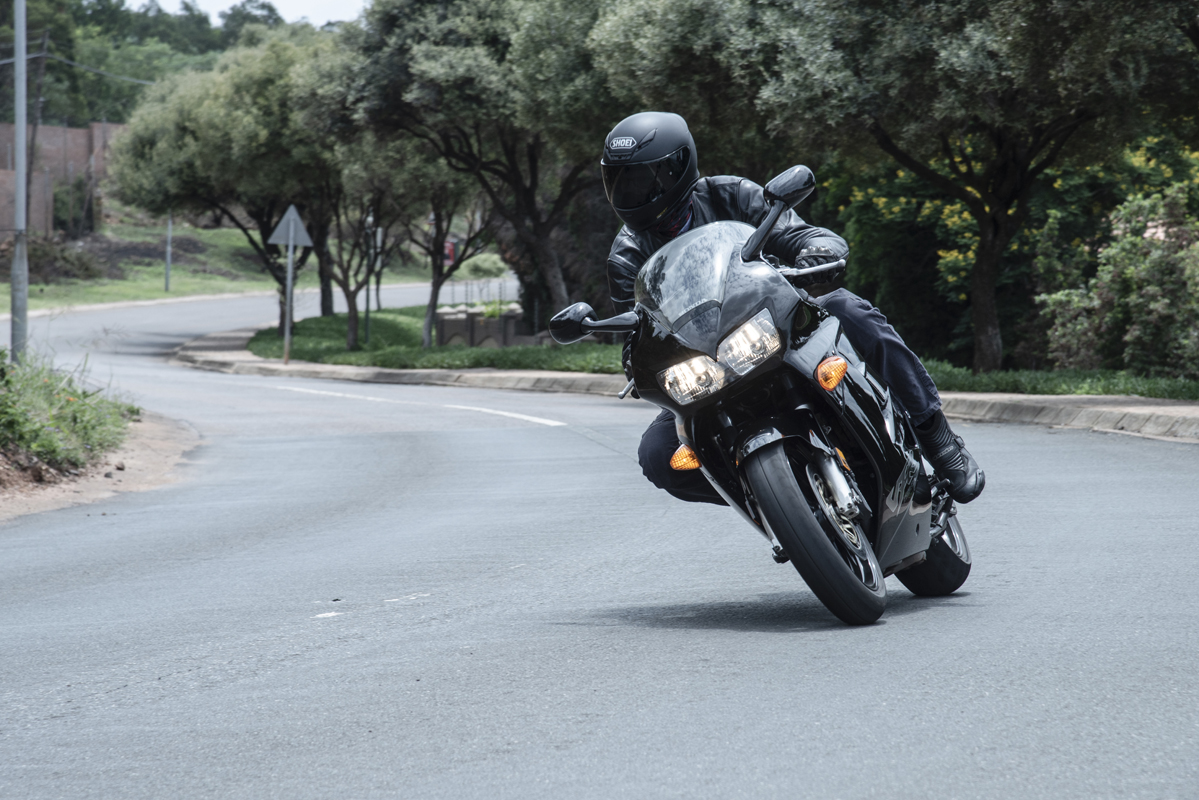
After putting 35,000 k’s on Big Red I foolishly sold it to a friend who had been on at me for ages. I flirted with a Blackbird, a BMW R1150 GS and a few other bikes before buying another VFR, this time an early V-Tec version. Whilst I enjoyed it, I felt that it couldn’t live up to the Gen 5 Big Red. The motor felt soft, and only really performed when the V-Tec kicked in. It felt like a huge flat spot before the transition from 2 to 4 valves per cylinder activated by the V-Tec. Over the years I bought two of the latest version of the VFR. Honda has done much to smooth the V-Tec transition, but it is still not the wonderfully linear motor of the Gen 5 bike.
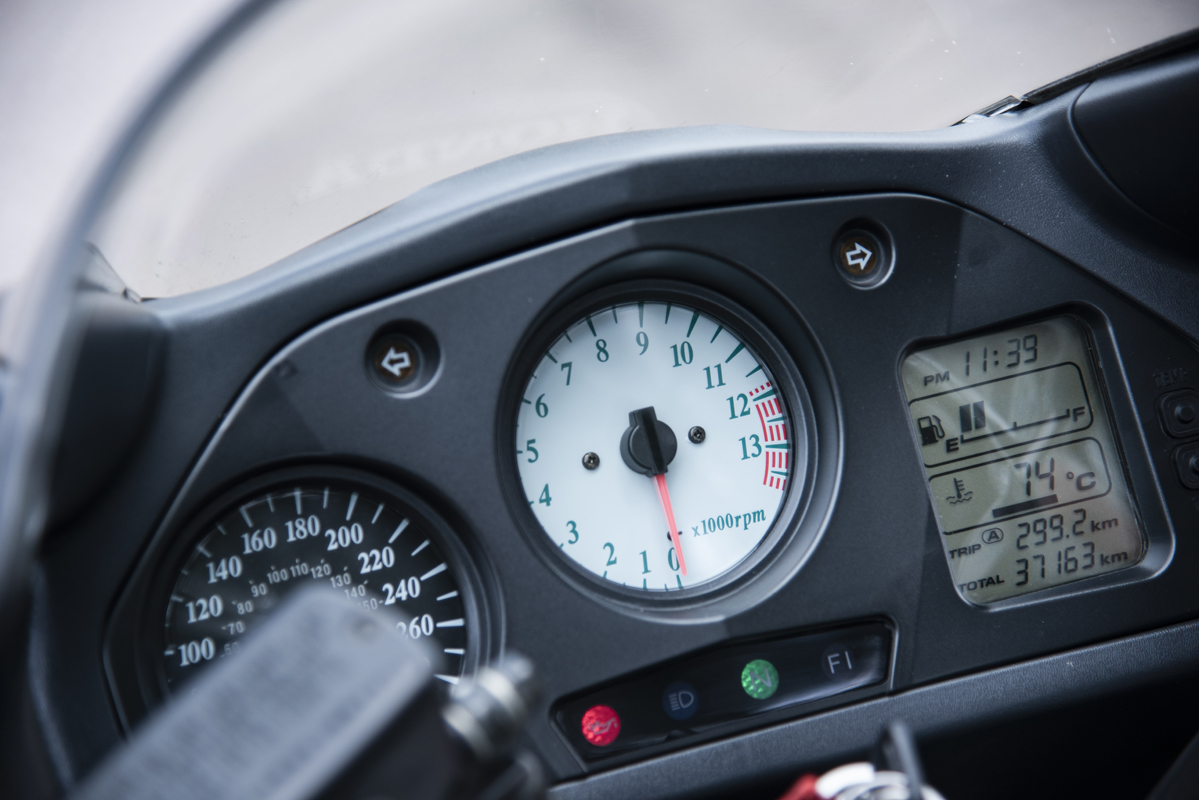
Another feature of these bikes is their legendary reliability. Valves only require checking every 26,000 k’s and experience has shown that they seldom need adjustment. Another innovation of the VFR is side-mounted radiators. Benefits were more centrally located weight and protection from road detritus. The wheelbase could also be shorter for greater agility. The bike feels compact, with a touring riding triangle leaning slightly to the sports side of things. Passengers are comfy on the pillion without the jockey-like position of your typical sports bike. The back wheel is mounted to an Elf endurance racing-inspired single-sided swingarm. The general fit, finish and build quality are beyond reproach. After much searching, I recently located a low-kilometre black Gen 5 in the Cape and snapped it up. Cleaning the bike I was gobsmacked at how well it has aged. There is virtually no corrosion or indication that it is actually 26 years old.
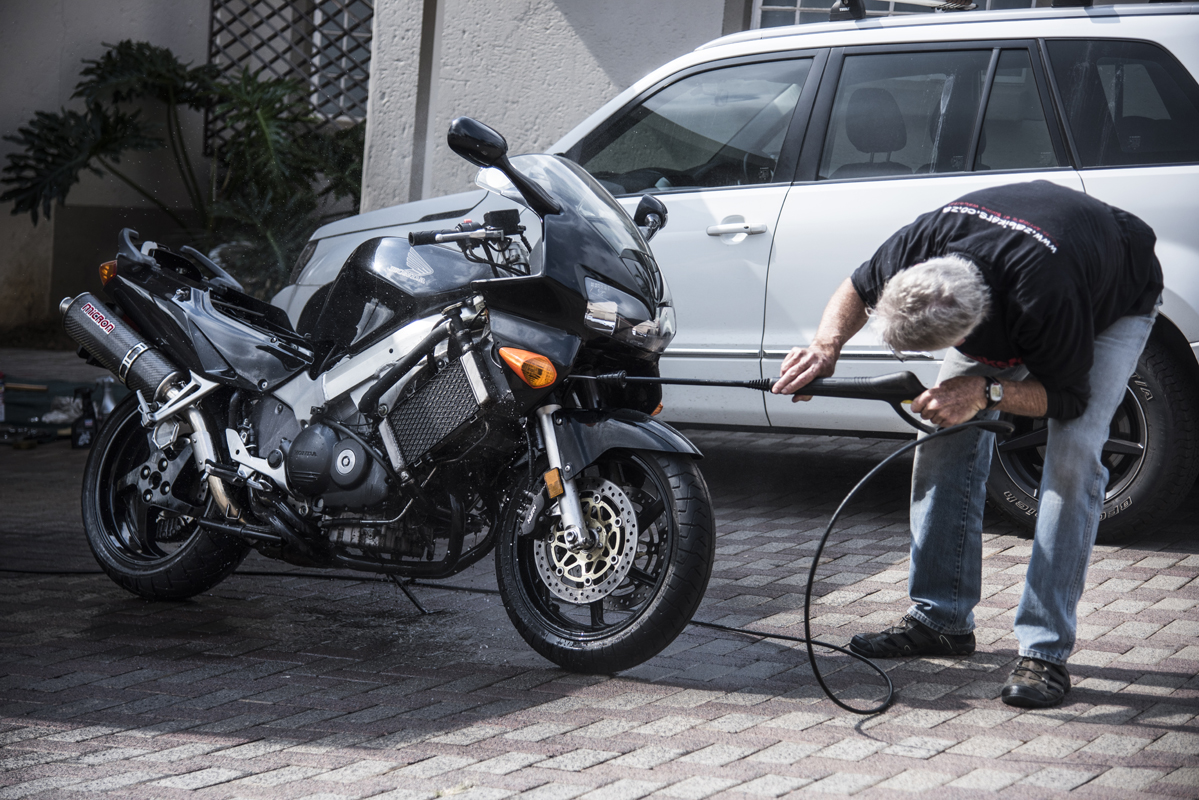
I have ridden the bike a lot over the past few weeks and this is what motivated this blog. You simply cannot believe that this bike is not a current model. The suspension is plush but planted, the motor feels fresh and strong and the riding experience is brilliant. I would not swap it for the latest VFR even if I was offered an even swap on a new one. My bike has the RC45 motor after all. I am convinced that it gives away nothing in terms of performance to the V-Tec model. Interestingly, although they make similar power, the gear-driven cam motor produces its maximum power at lower revs almost throughout the rev range, giving it a real-world advantage. ¼ mile times are identical, as is the quoted top speed.
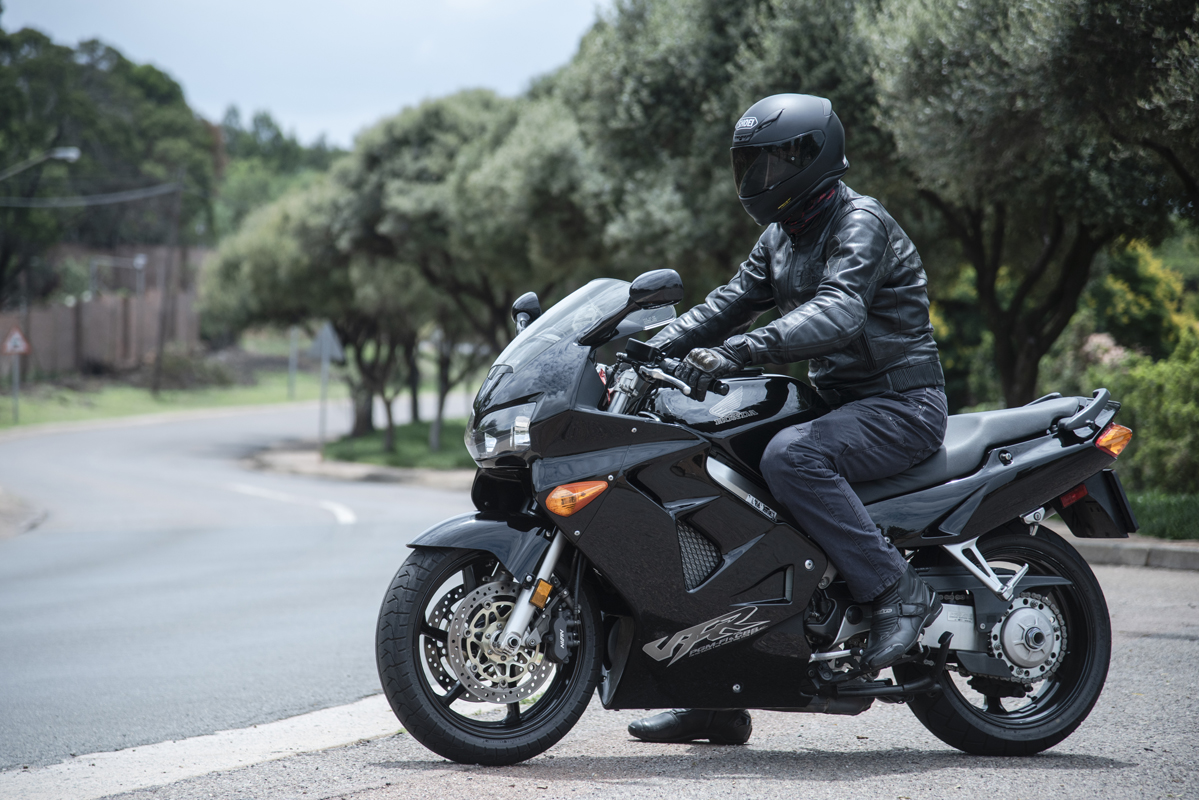
The long and the short is to realise that if bikes tickle your fancy, but your budget is limited, there is much fun to be had doing your research, and then looking for ‘that’ bike. If you do a good job you can end up with a brilliant motorcycle that ticks all your boxes for little money when compared to what you have to pay for a new or recent bike. Insurance cost is also negligible as you are not looking at an astronomical replacement value. It is super satisfying doing a deep clean on your ‘new’ bike. A good clean alone can build equity into your bike so that when you part ways you do not take a financial bath. Watch Adam Riemann on his ‘Motology’ YouTube channel buy, ride, and restore an Africa Twin which he fondly names “the Warhorse” and you’ll get my drift. Let the search begin!
